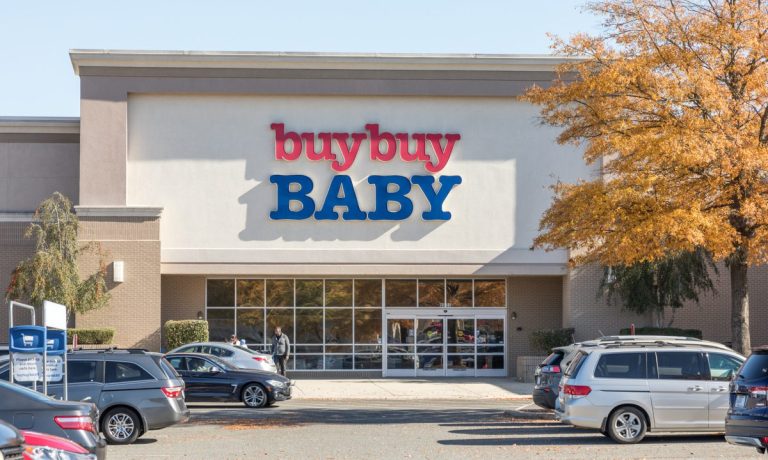Buybuy Baby Shutters Stores by Year’s End to Go Digital-Only

Buybuy Baby’s brick-and-mortar comeback seems to be short-lived.
The baby retailer — which had been part of Bed Bath and Beyond — closed and liquidated 115 locations last year as its parent went bankrupt. Months later, it announced a new strategy and the opening of 11 new stores.
Now, that strategy seems to have shifted again, with Buybuy Baby’s physical stores set to begin closing Friday (Oct. 18).
“Buybuy Baby is transforming into a digital-first brand, focusing all our energy on providing an exceptional online shopping experience,” the company wrote in an FAQ on its website. “This decision comes after listening closely to you, our incredible customers, and our valued partners. Your feedback has been invaluable in shaping this new chapter. With this shift, we’ve come to the difficult decision of closing our physical stores before the end of the year. We understand this may be disappointing news, and we want you to know this wasn’t a choice we took lightly.”
PYMNTS spoke with Buybuy Baby CEO Pete Daleiden last year about the company’s relaunch following its parent’s bankruptcy. He said the retailer was repositioning itself as a startup and envisioning a revitalized beginning for the business.
“We moved very quickly to bring our brand back to the market and go live as soon as we possibly could,” Daleiden said. “There’s a huge love for our brand to drive us to do something in a speed that we’ve never done before. The communities have been clamoring for us to come back — vendors, business partners. So, we moved very quickly.”
Meanwhile, PYMNTS wrote earlier this week about a trend in the retail industry of enhancing in-store customer experiences. Among the players in this space is Agility Retail Group, which combines visual merchandising expertise with a focus on solutions for in-store design to address the shifting demands of brick-and-mortar retailers.
“We’re not widget salespeople,” Agility Retail Group CEO Peter Stevens told PYMNTS. “That’s not what we’re here to do. We’re solution providers, and we try to build partnerships with our customers, our retail partners, and understand what their problems are and get involved with their design so that we could be part of the development of these things. Listen to what their problems are. It’s all about partnering with the retailer and how much they’re willing to partner with you.”